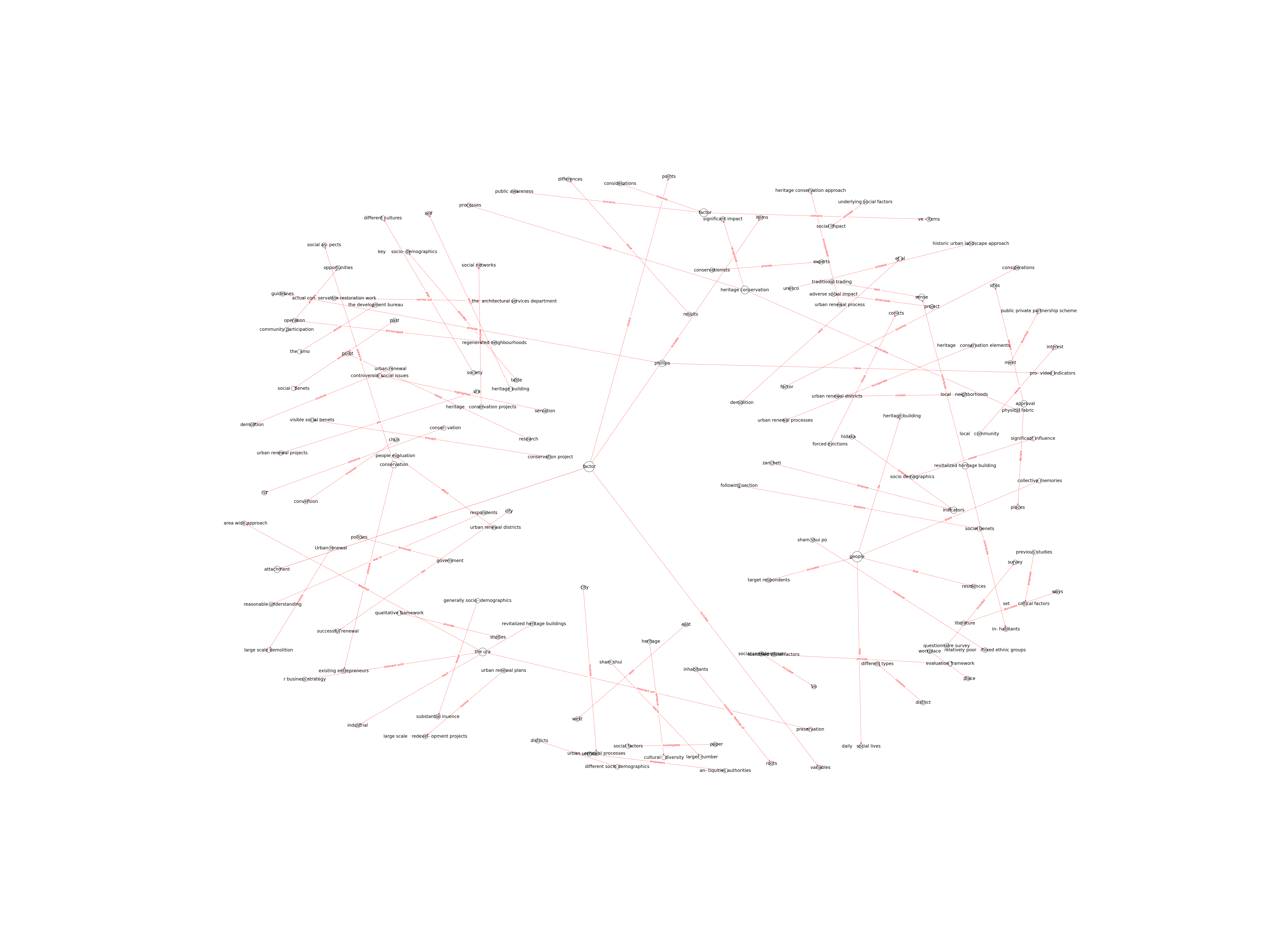| Id | 184 | |
| Author | Yung, E., H. K.; Zhang, Q., ; Chan, E., H. | |
| Title | Underlying social factors for evaluating heritage conservation in urban renewal districts | |
| Reference | Yung, E. H. K., Zhang, Q., & Chan, E. H. (2017). Underlying social factors for evaluating heritage conservation in urban renewal districts. Habitat International, 66, 135-148. |
|
| Keywords | Social factors; Evaluation; Heritage conservation; Urban renewal; Hong Kong |
|
| Link to article | https://doi.org/10.1016/j.habitatint.2017.06.004 |
|
| Abstract | Urban renewal usually involves large scale demolition of areas, which can lead to the destruction of social networks and local character. It has been increasingly recognized that heritage conservation in older districts undergoing urban renewal has a significant impact on enhancing a community's sense of place, identity and development. However, a clear understanding of the social factors which contribute to successful heritage conservation in urban renewal is still lacking. This study aims to identify the social role of heritage conservation in urban renewal. It also investigates whether certain underlying social factors vary among different districts, according to density, socio-demographics and the extent of redevelopment. In order to expose the factors, a survey of three hundred and twelve people in two urban renewal districts in Hong Kong was conducted using questionnaires. The identified social factors provide an evaluation framework for examining the collective impact of conservation of historic buildings, rather than individual historic buildings on a renewal district. The findings reveal that socio-demographics of an area, local characteristics, type of heritage buildings and the extent of urban renewal do not exert a significant influence on the composition of social factors. Several policy recommendations are also provided for urban planners and decision makers incorporating heritage conservation in urban renewal strategies. |
|
| Metodology | A preliminary list of social considerations to be taken into account when conserving heritage buildings during the process of urban renewal were shortlisted through an intensive international and local literature review. The list of social factors was used to develop the questionnaire survey. The social considerations included five major aspects. From these five major areas, a total of 55 factors were discussed and evaluated by the research team during several rounds of brainstorming. Ten pilot surveys were then conducted with a panel of experts and laymen, respectively, to ascertain whether the variables were clear, reasonable and valid for the context of Hong Kong. Following the pilot surveys, those factors which were disagreed on by more than 50% of the experts were deleted and, finally, 51 factors were included in the final questionnaire.A survey of 312 people in two urban renewal districts in Hong Kong (Wan Chai and Sham Shui Po) was conducted using questionnaires. The results of the questionnaires were analysed through statistical analysis and extraction of variables was carried out. |
Technique | Questionnaire |

Note: Due to lack of computing power, results have been previously created and saved in database


